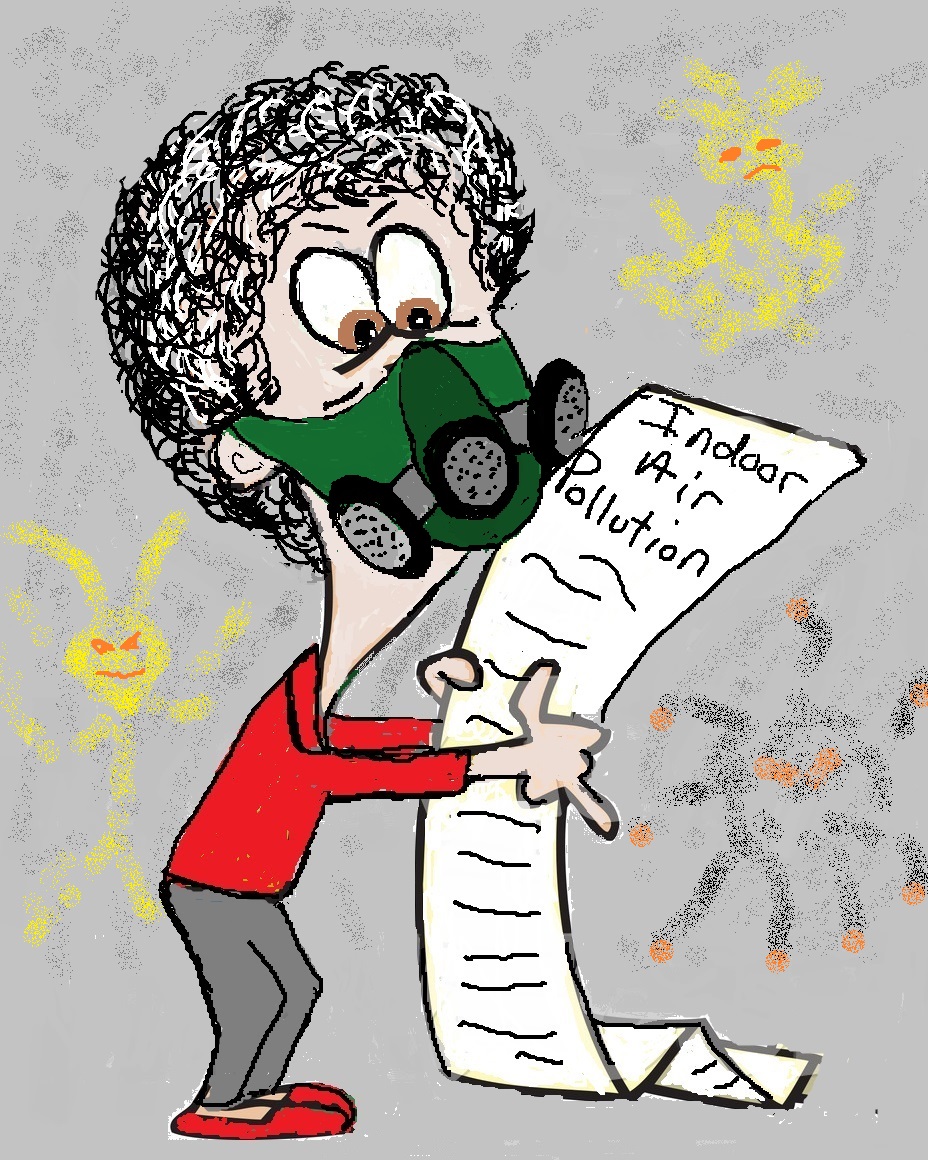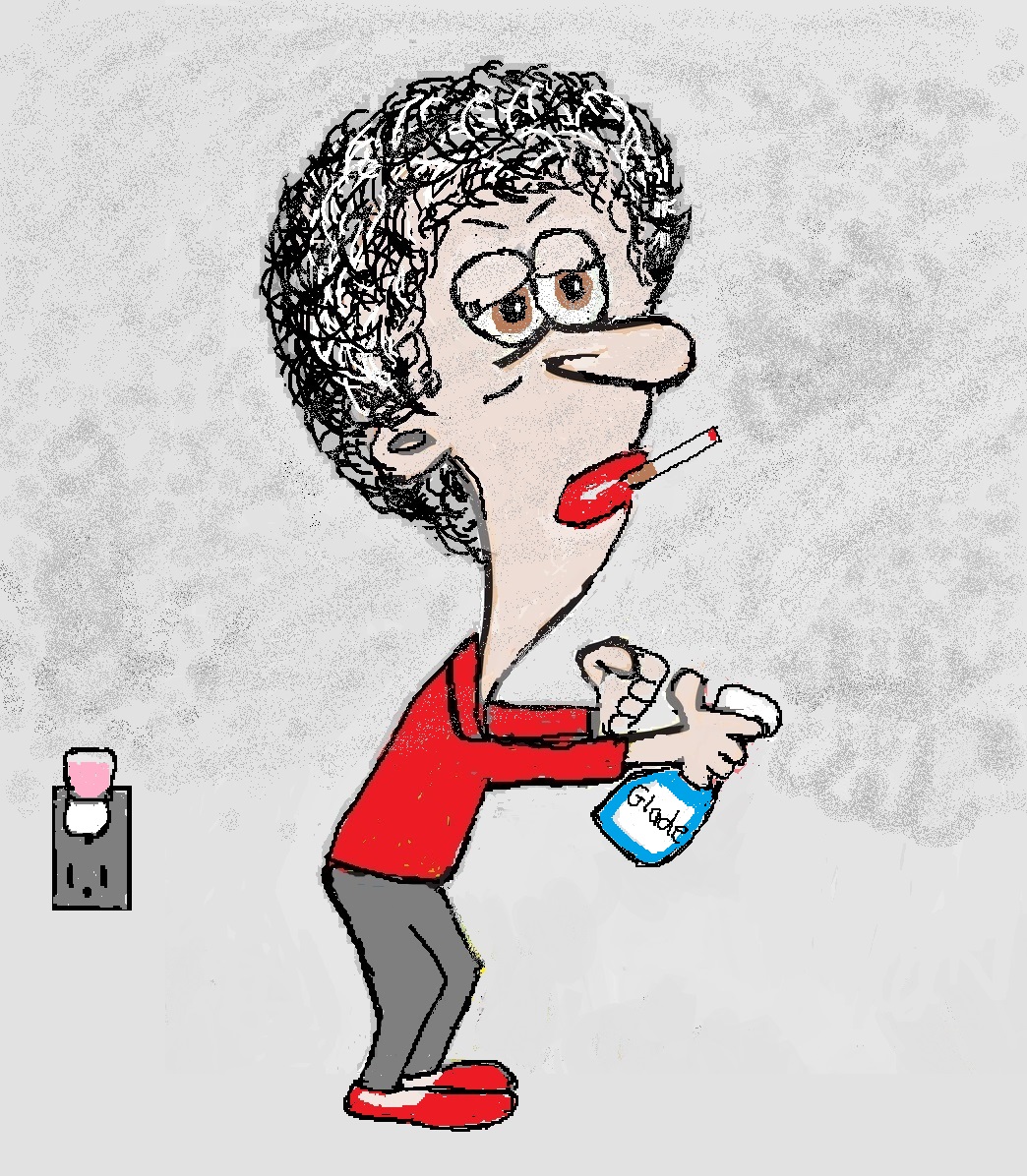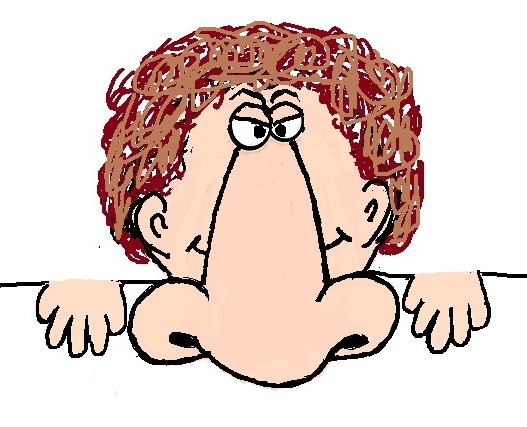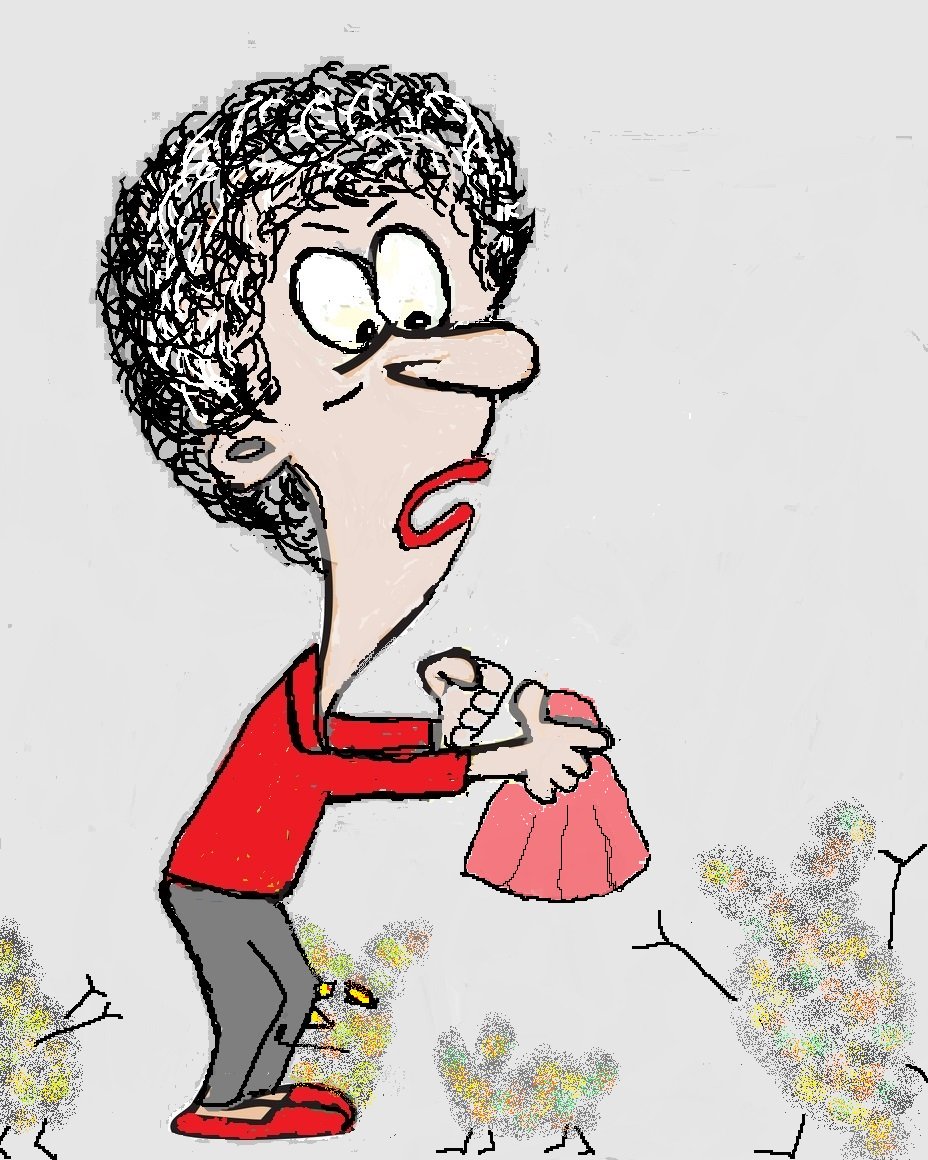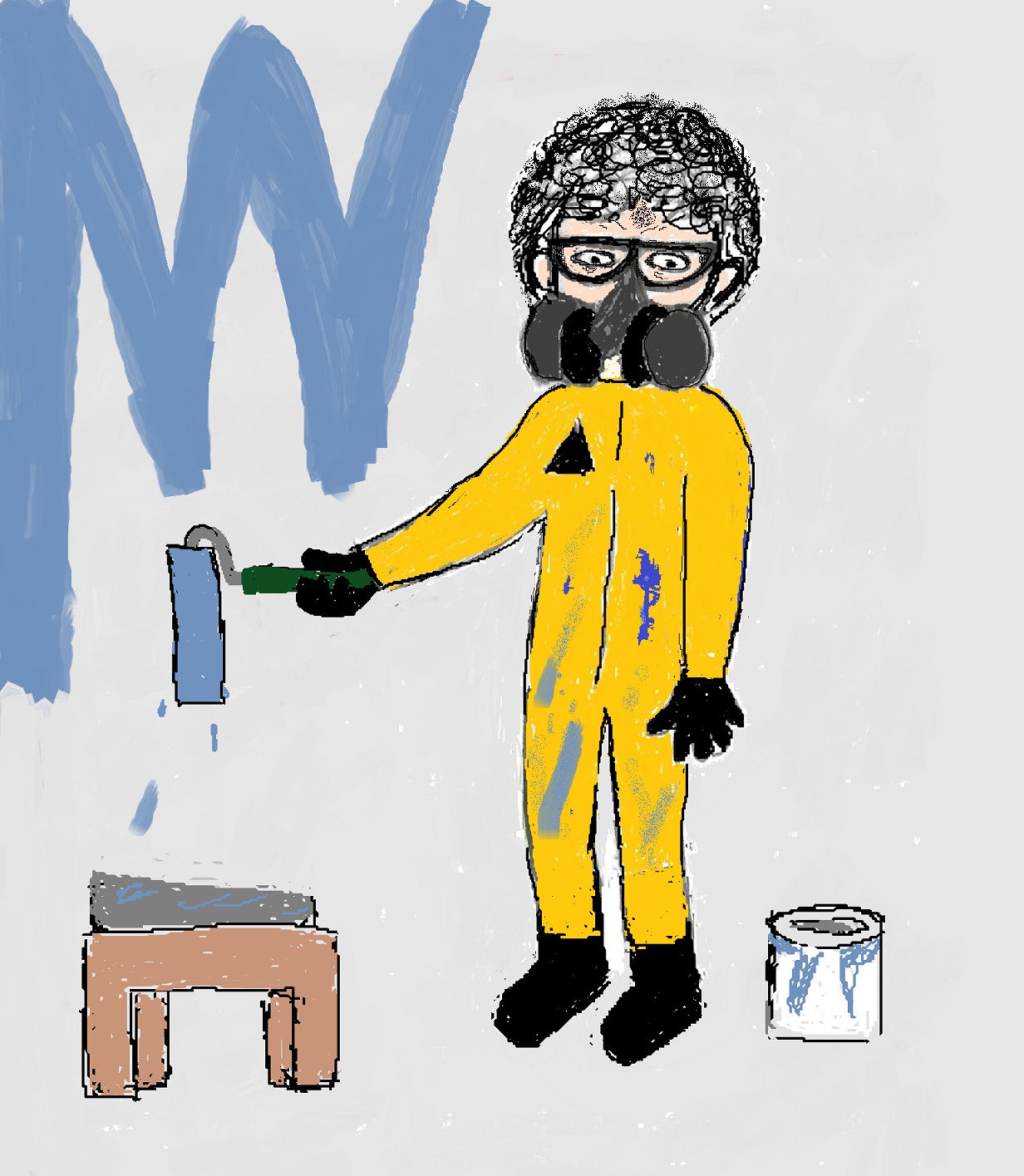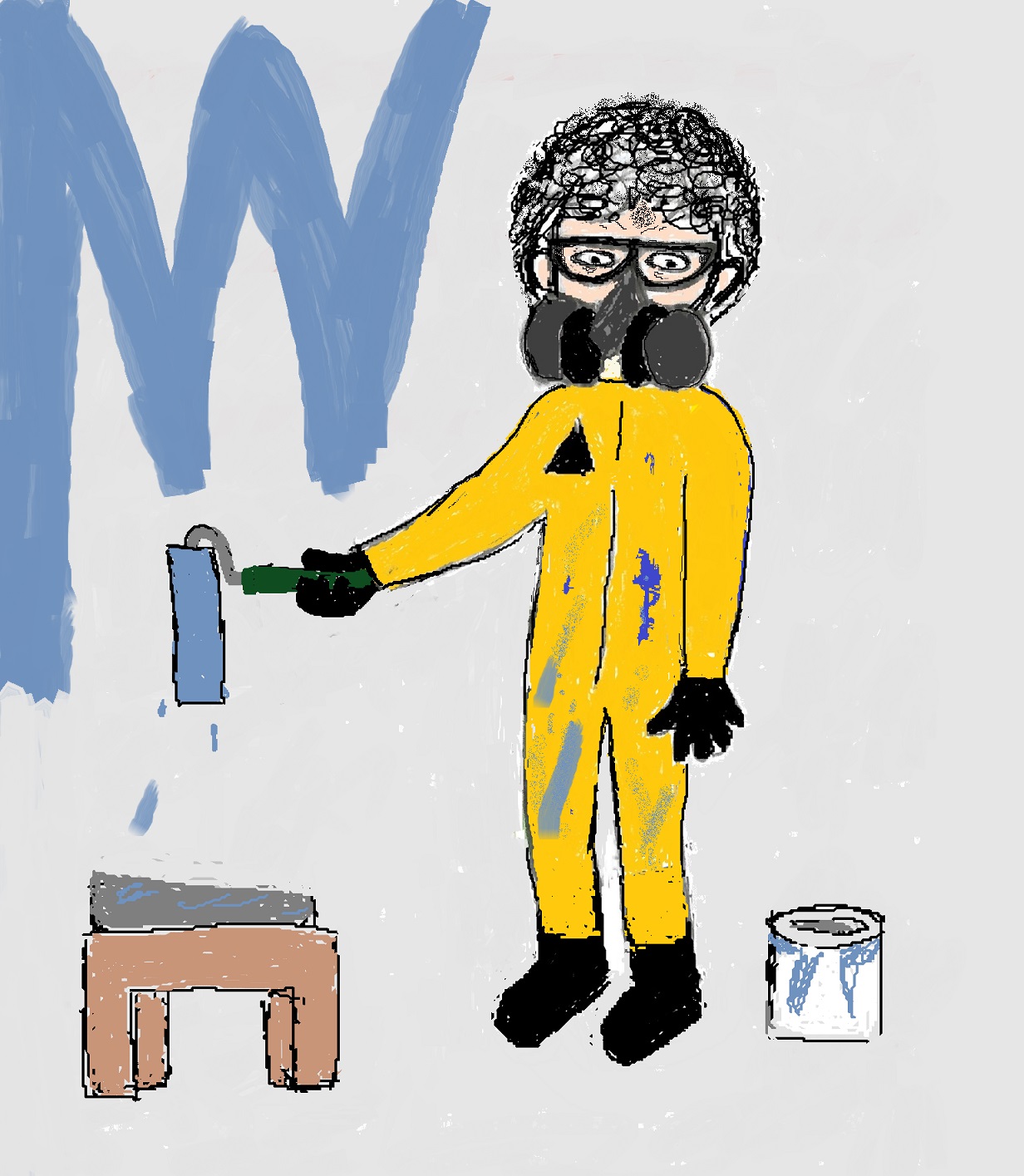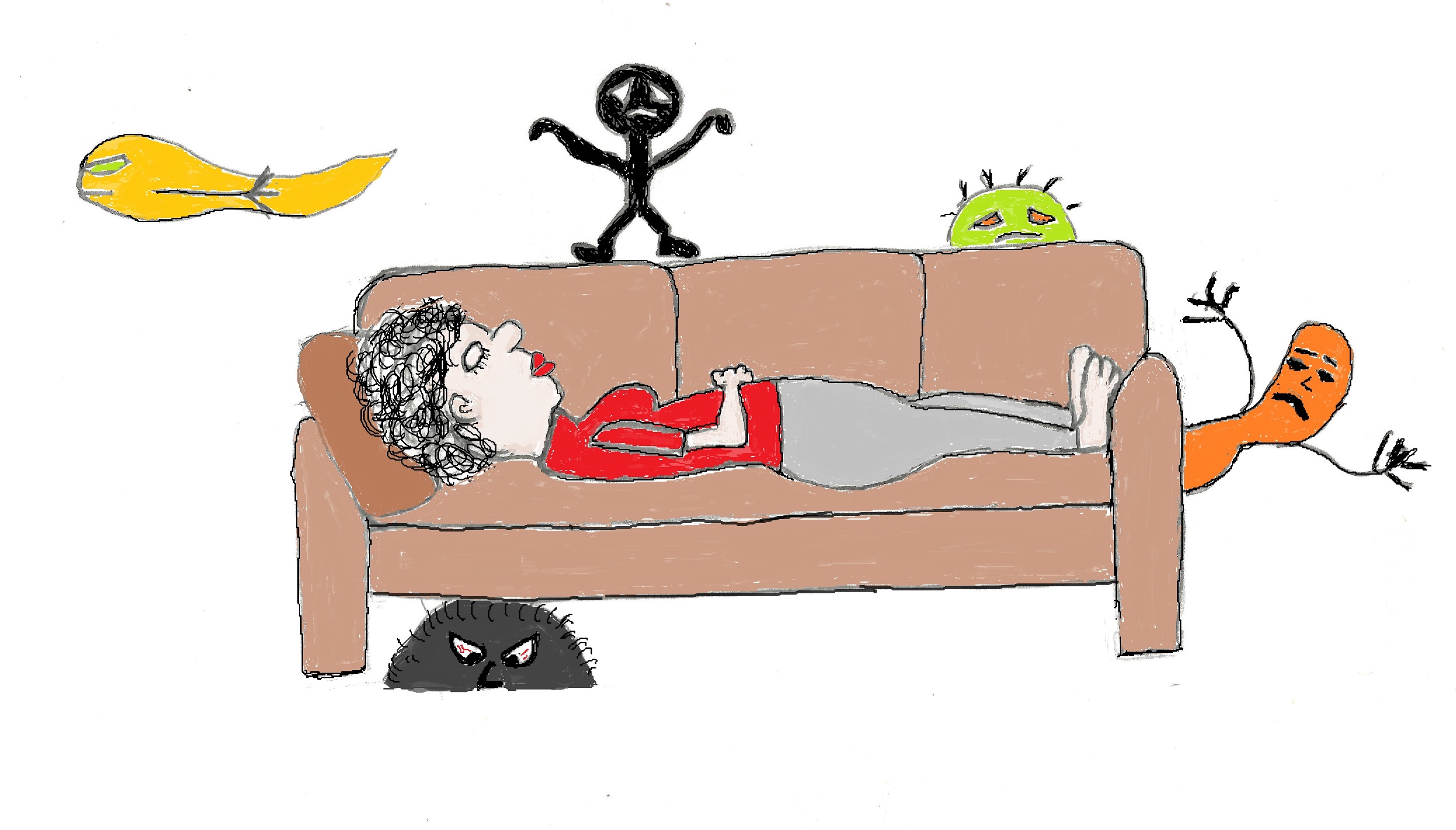- Home
- Toxic Chemicals in Household Products
- Indoor Air Pollution
Answers To Your Indoor Air Pollution Questions
You spend 90% of your day indoors, inhaling indoor air pollution. Often 10 times more polluted than outdoor air, your homes air exposes you to numerous toxic chemicals. That's why the poor quality of indoor air is considered a major health risk.
But many of you have questions - like what are indoor air pollutants? What causes indoor air pollution and why is it a problem? And are there ways to improve your indoor air? Read on for the answers.
What Are Indoor Air Pollutants?
Indoor air pollutants are toxic chemicals that circulate in buildings. They are found in your home and other buildings as volatile (VOC) and semi volatile (SVOC) organic compounds and particles.
So What the Heck is a VOC?
Volatile Organic Compounds (VOCs) are a large group of carbon-based chemicals that easily evaporate at room temperature. Some of these you can smell (think “new car smell”) and others you can’t. Whether or not a VOC smells bad or has no odor doesn’t provide any clues to how dangerous they are to inhale.
Dozens of VOCs can be admitted from a single product. Numerous studies have found the presence of anywhere from 50 to hundreds of different VOCs can be in your indoor air at any one time.
Examples of common VOCs found in homes are:
- Terpenes - (d-limonene and α-pinene)
- Acetaldehyde
- Acrolein
- Benzene
- Butadiene
- Chloroform
- Dichlorobenzene, 1,4
- Formaldehyde
- Naphthalene
- Vinyl chloride
SVOCs
While VOCs mostly exist in the gas phase in the atmosphere, SVOCs can exist in both gas and condensed phases. When SVOCs condense they can attach to indoor surfaces, including your skin and dust particles. That means they can hang out in your home from several months to years.
SVOCs commonly found in indoor air include:
- Polychlorinated Biphenyls (PCBs)
- Brominated Flame Retardants (PBDEs)
- Pesticides
- Phthalates
- Alkylphenols
- Parabens
Particles
Particle air pollution is the solid and liquid particles suspended in your homes air. These particles can vary in size, shape and chemical composition, depending on their sources.
Some particles, like dust, dirt, soot, or smoke, are large or dark enough to be seen with the naked eye. Others, like the aerosols produced by scented products, are so small they can only be detected using an electron microscope.
The EPA is especially concerned about fine particles that have a diameter of 2.5 micrometers (μm) or less (called PM2.5) because you can easily inhale these small particles. To put this in perspective, a strand of your hair is 50-70 micrometers in diameter.
Particles are emitted into your air from a variety of sources that include frying food, burning candles, and cleaning. They are also created when fragrance chemicals react with ozone.
In fact, the use of scented products has been shown to increase indoor fine particle pollution by 30-90 micrograms per cubic meter. That level is above California’s exposure standard of 50 micrograms per cubic meter for levels of all particles smaller than 10 micrometers in diameter.
What Causes Indoor Air Pollution?
There are 3 main causes of indoor air pollution. The first is outdoor air pollution that enters your home. This can be a major source if you live in an urban area or near a busy road or industrial area.
The second cause is your home. How airtight it is, how new it is and what it’s constructed of can cause indoor air pollution.
And the third main cause is YOU. And by that I mean the products you use in your home. If you use
- Air fresheners
- Scented laundry, cleaning and personal care products
- Candles
- Conventional cleaners
- Vinyl floors and shower curtains
- Stain resistant carpets and furniture
- Polyfoam
- Pesticides
- Paints with high VOCs
you’re not just A cause of your homes air pollution, you’re THE cause. Because these products are notorious sources of VOCs, SVOCs and particles in your indoor air.
Studies have shown that the level of VOCs indoors is generally two to five times higher than the level of VOC’s outdoors because chemicals easily evaporate from these products as gases.
A 2015 study measured the VOCs emitted from 37 products (air fresheners and scented and fragrance-free laundry products, cleaners and personal care products).
The researchers found:
- The products released a total of 156 different VOCs
- 42 of the VOCs released were toxic
- Each product released an average of 15 VOCs
- Half of the products emitted one or more carcinogenic air pollutants
Plus, chemicals in the products you use can react with things like ozone in the air to create more sources of indoor air pollution, in the form of particles and VOCs like formaldehyde.
Particle pollution also increases when you use powders like carpet cleaner. And anything you spray, like spray cleaners, can release chemical droplets into your air. These can be inhaled and absorbed into your skin and surfaces in your home.
Below is a list of some common indoor air pollutants and the products that cause them.
EXAMPLES
|
COMMON AIR POLLUTANTS |
Products |
|
Benzene |
Air fresheners, glues, paints, furniture wax, and detergents. |
|
Chloroform |
Chlorinated
water, cleaning supplies with bleach |
|
1,4-dichlorobenzene |
Air fresheners, moth balls |
|
d-limonene and a-pinene |
Citrus oil or pine oil cleaners, solvents and products with fragrance. Reacts
with ozone to create formaldehyde. |
|
Formaldehyde |
Cleaners, personal care products, upholstered furniture, carpets, plywood,
pressed wood products. The reaction of fragrance chemicals with ozone. |
|
Phthalates |
Scented products, plastics, pesticides, vinyl, personal care products. |
|
Vinyl Chloride |
Vinyl and other plastic products. |
Why Indoor Air Pollution Is A Problem
As with any toxin exposure, the risk to your health from indoor air pollution depends on the levels in your homes air, how toxic the pollutants are, and how long and often you’re exposed
And that makes indoor air pollution a problem. Because the levels in your home are often high, even 100 times higher than the exposure standards. And indoor concentrations of some cancerous chemicals are between 5 and even up to 70 times higher than outdoors.
Also, many air pollutants are very toxic. Of the 15 compounds identified in most homes, nine were identified as priority chronic hazards in U.S. homes.
They are acetaldehyde, acrolein, benzene, 1,3-butadiene, 1,4-dichlorobenzene, formaldehyde, naphthalene, nitrogen dioxide and PM2.5.
You’re also continually exposed to air pollutants. While the amounts of different toxic chemicals fluctuate, the common ones are always found in indoor air.
Plus, indoor air pollutants enter your body through your skin and when you breathe. And since you inhale 6–10 liters of air a minute (15,000 liters per day), that’s a lot of exposure.
Indoor air pollution is also a problem because the toxic chemicals you inhale and absorb through your skin bypass your liver. It’s your body’s detox organ and main protection from toxic substances. So that means toxic air pollutants move through your body unchanged.
For example, your body quickly absorbs fine and especially ultrafine particles. These particles may lodge in your lungs or pass directly directly into your blood stream, causing a direct insult to your cardiovascular system and other organs distant from your lungs.
It's no wonder that the EPA considers indoor air pollution among the top five risks to public health. Both short and long term exposure can make you sick.
Short Term Exposure (defined as hours to days) can cause
- Eye, nose and throat irritation
- Headaches
- Inflammation
- Nausea / Vomiting
- Dizziness
- Worsening of asthma symptoms
Breathing even low levels of indoor air pollutants for long periods of time can cause
- Cancers (lung, leukemia, lymphoma, nasopharyngeal)
- Endocrine System damage
- Liver damage
- Kidney damage
- Central Nervous System damage
- Immune System damage
- Heart Disease
- Respiratory Problems (COPD, bronchitis)
How To Improve Your Indoor Air
There are three ways you can improve your indoor air. The first, and in my opinion the best way, is to reduce the sources of indoor air pollution.
And by that I mean YOU need to shed your toxic products habits. Because the products you use in your home have a huge impact on the toxic chemicals in your indoor air.
REDUCE THE SOURCES
Air fresheners, scented products, fabric softeners, personal care products, plastics, toxic cleaners, anything made with vinyl, pesticides and any other high VOC products are out. Say no to stain and water resistant coatings like Scotchguard and furniture treated with flame retardants.
The good news is these products can all be replaced with less toxic options to improve your indoor air. Of course, there are some sources of indoor air pollution that you can’t improve by using less toxic products.
VENTILATE
So another way to improve indoor air is to ventilate your home as often as possible. Open windows and use fans to circulate indoor air.
This works best in areas where outdoor pollution isn’t a problem. Also, cold winters and very hot summers can limit the usefulness of ventilation.
ADD PLANTS
The third way you can improve your indoor air is by using products that absorb the VOCs and particles in your home. And plants are a cheap and effective option.
More than 120 plant species have been examined for their ability to remove VOCs from indoor air. Based on the results of these studies I came up with a list of 4 houseplants that are very efficient at removing multiple types of VOCs.
- Janet Craig – (Dracaena deremensis)
- Devil’s Ivy (Pothos) – (Epipremnum aureum) - (This is a poisonous plant so keep kids and pets away).
- Boston Fern – (Nephrolepsi exaltata) (Ferns remove the most formaldehyde.)
- Peace Lily Sweet Chico - (Spathiphyllum clevelandi)
The problem with using plants to improve indoor air is the uncertainty about how many plants you’ll need. And where you should put them in your home.
And unfortunately only a few studies have been carried out in real-life offices and homes. Most plants were studied in airtight chambers. So put your plants wherever you want.
And you don’t need to create a jungle. One study found just 6 Dracaena Janet Craigs reduced total VOC concentration by 50% in offices that were tested. In another study a significant reduction of 70 % in total VOC concentration was achieved in airconditioned offices with five table-sized Spathiphyllum ‘Sweet Chico’ peace lilies and one Janet Craig.
Using a variety of plants works best for improving indoor air. But if you don't have a green thumb, another option for absorbing VOCs is activated charcoal bags.
Spider plants (Chlorophytum comosum) are also good at removing VOCs. Plus, research shows they are also good at removing particles from your indoor air.
SKIP THE AIR CLEANERS
Air cleaners have become a popular way to clean indoor air. You might be wondering if they're worth the time and money to buy and maintain them.
According to the EPA “air cleaning may be useful when used along with source control and ventilation, but it is not a substitute for either method. The use of air cleaners alone cannot ensure adequate air quality, particularly where significant sources are present and ventilation is insufficient.”
The problem with relying on air cleaners is the typical indoor air systems are mainly designed for particle removal using mechanical filters or electrostatic precipitators. They are expensive and inefficient options for removing VOCs.
To remove VOCs air cleaners use adsorption filters, photocatalytic
oxidation cleaners, and ozone generators. Adsorption filters have a short life time and will only remove VOCs they are designed to remove.
Currently available photocatalytic oxidation cleaners are also ineffective in destroying VOCs in indoor and ozone generators increase your homes ozone levels. Ozone readily mixes with other indoor air pollutants to create formaldehyde and particles.
Bottom line, be proactive and reduce the sources of indoor air pollution.
